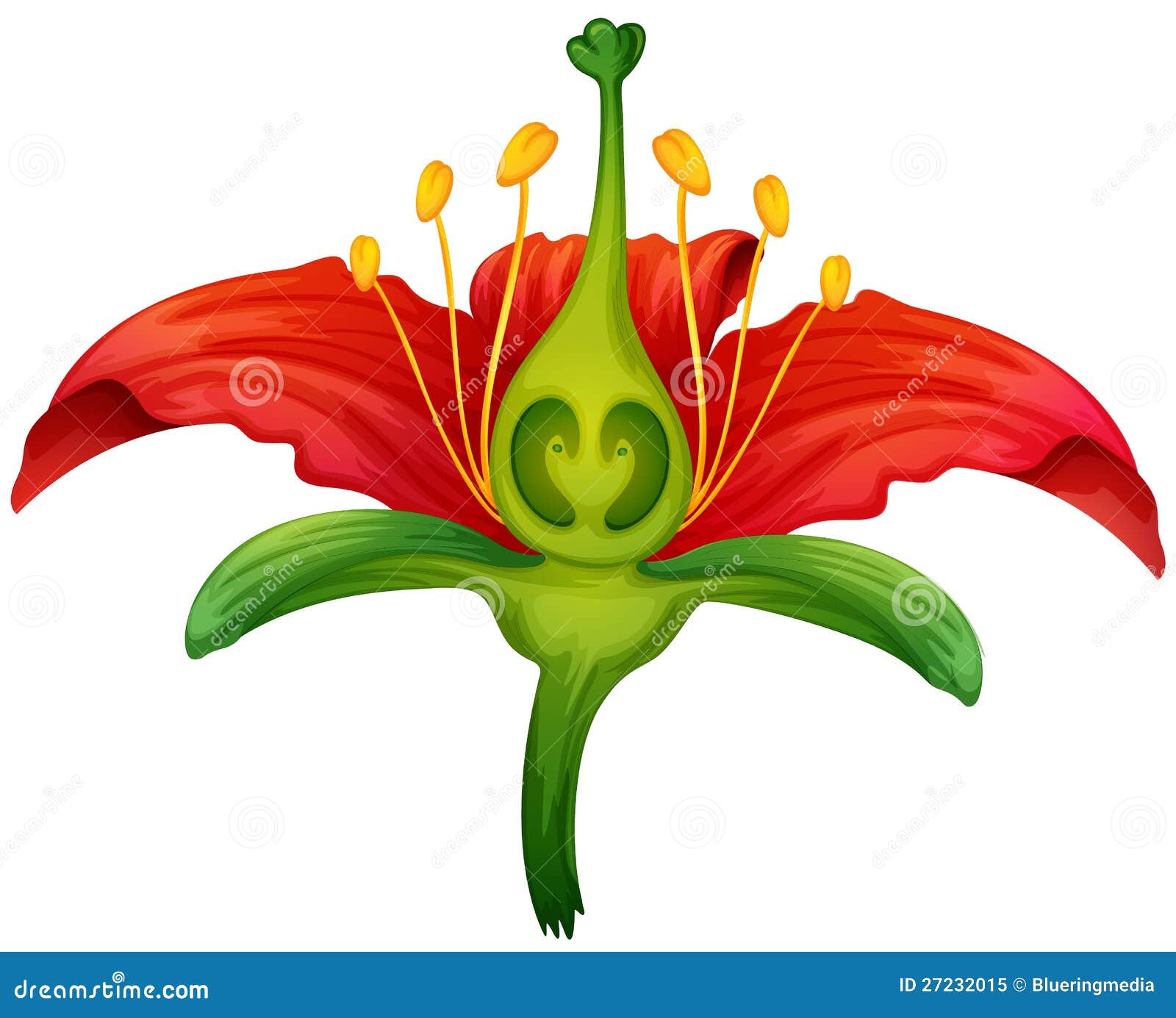VOCABULARY
Plant Structure
Copy this drawing in your note book and try to label it correctly
What Do Different Plant Parts Do?
Plant parts do different things for the plant. Match the different parts of a plant with its definition
________
Roots act like straws absorbing water and minerals from the soil. Tiny root hairs stick out of the root, helping in the absorption. Roots help to anchor the plant in the soil so it does not fall over. Roots also store extra food for future use.
________
They do many things. They support the plant. They act like the plant's plumbing system, conducting water and nutrients from the roots and food in the form of glucose from the leaves to other plant parts. Can be herbaceous like the bendable stem of a daisy or woody like the trunk of an oak tree.
________
Most plants' food is made in them. They are designed to capture sunlight which the plant uses to make food through a process called photosynthesis.
________
They are the reproductive part of most plants. Contain pollen and tiny eggs called ovules. After pollination of the flower and fertilization of the ovule, the ovule develops into a fruit.
________
Provides a covering for seeds. They can be fleshy like an apple or hard like a nut.
________
They contain new plants. They are formed in fruit.
Find the key in this link
Now, lets focus on flower structure
Let´s discover flower structure by using this funny game (abc Bitesize)
Then draw a diagram of a flower labelled with all its parts
(Use this model)
Plant life cycles
Every living thing goes through changes. Living things grow through different stages. Then they reach the end of their life cycles and die. There are many kinds of plants. Each kind has its own life cycle.
Many plants start their life cycles as a seed. The seed needs certain things or it will not grow into a plant. Sometimes seeds wait in the ground until they can get the things they need. They wait for warmth from the sun. They wait for water. When they have what they need, they start to grow. A tiny little sprout will push out of each seed. The sprouts stretch up until they poke through the dirt and into the air.
The plants continue to grow when they get sunshine and water. The stems grow taller and leaves unfold. More leaves and stems grow on the main stems. The adult plants grow flowers. The flowers of many plants make fruit. The fruit has seeds inside it so more new plants can grow.
New plants look like their parent plants. Seeds from a parent plant will grow into the same kind of plant as the parent. When a seed begins to grow, it is the beginning of another plant life cycle.
Questions:
1) What is the process of living, growing, changing, and dying called?
3) What two things does a seed need to have with it in the ground to be able to grow?
4) Where can you usually find seeds in a adult plant?
5) What kind of plant will a seed grow into?
You can revise your answers here
Many plants start their life cycles as a seed. The seed needs certain things or it will not grow into a plant. Sometimes seeds wait in the ground until they can get the things they need. They wait for warmth from the sun. They wait for water. When they have what they need, they start to grow. A tiny little sprout will push out of each seed. The sprouts stretch up until they poke through the dirt and into the air.
The plants continue to grow when they get sunshine and water. The stems grow taller and leaves unfold. More leaves and stems grow on the main stems. The adult plants grow flowers. The flowers of many plants make fruit. The fruit has seeds inside it so more new plants can grow.
New plants look like their parent plants. Seeds from a parent plant will grow into the same kind of plant as the parent. When a seed begins to grow, it is the beginning of another plant life cycle.
Questions:
1) What is the process of living, growing, changing, and dying called?
2) How do many plants begin?
3) What two things does a seed need to have with it in the ground to be able to grow?
4) Where can you usually find seeds in a adult plant?
5) What kind of plant will a seed grow into?
You can revise your answers here


No hay comentarios:
Publicar un comentario